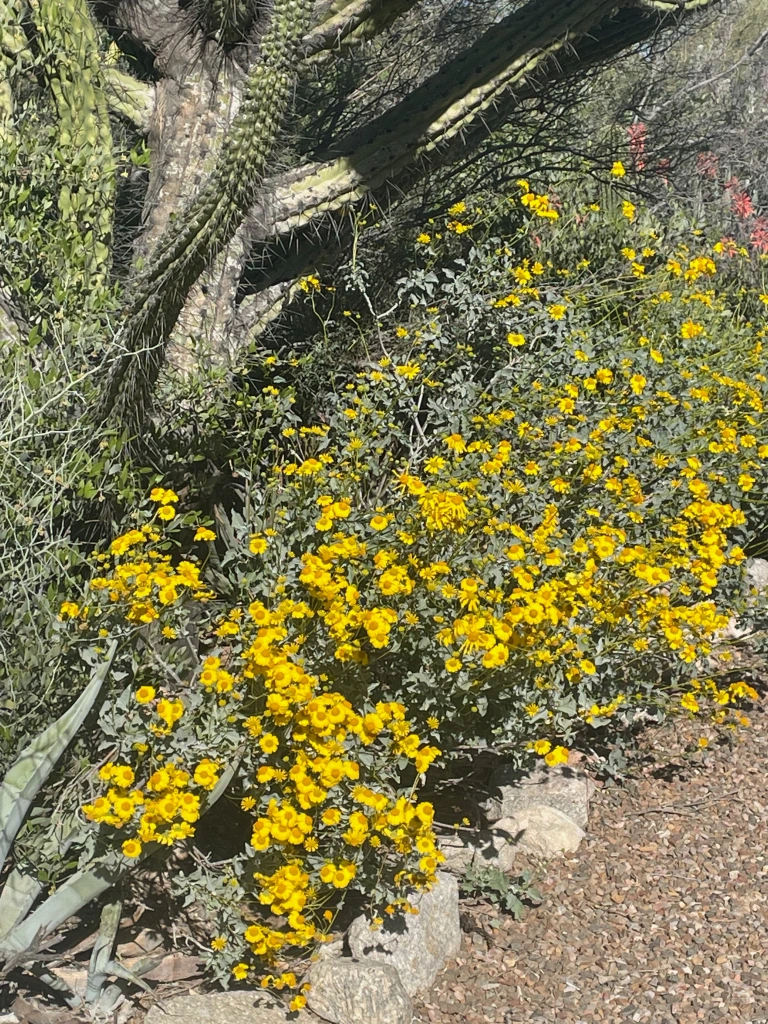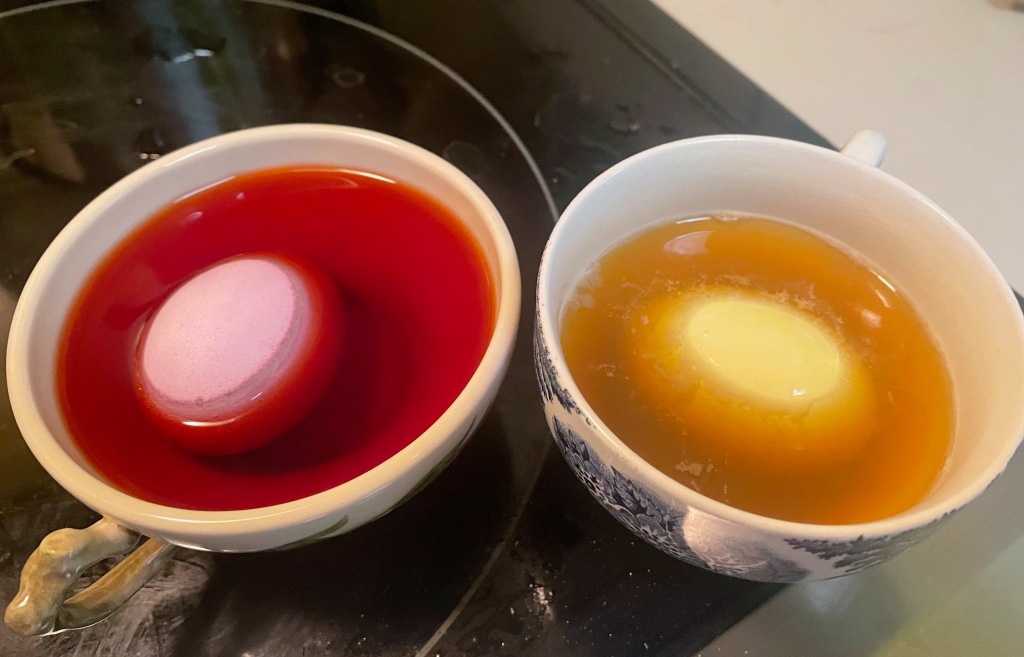Last weekend I gathered with a few friends to reminisce about a time decades ago when we were all just starting out in the world of learning about the food and animals and lifeways of the Southwest. At that time many of the members were working on graduate degrees and others of us had already launched our careers. We formed an informal group called The Tepary Burrito Society to share our experiences in occasional “seminars” which involved a potluck and sitting cross-legged on somebody’s floor with a plate on our lap. The name Tepary Burrito Society came from the local tepary bean that had almost been lost. We were all most excited about learning how to cultivate teparies and cook with them. ( Tia Marta discussed teparies at length in this post).
Back in our “seminars,” someone would be chosen to present what subject they were working on. By the time of those meetings, I had already published my first cookbook, then called American Indian Food and Lore, now republished as American Indian Cooking: Recipes from the Southwest. I had done the research by traveling around the Southwest talking to Native American women and gathering recipes from them. At this weekend’s potluck, my friend Nancy Ferguson surprised us by bringing a recipe from that first cookbook, Beavertail Stew. No beavers are in this dish! The name comes from a nickname for prickly pears because the big flat leaves resemble a beaver’s tail. I haven’t heard that nickname recently, but this book was researched fifty years ago.
I have always made this dish with fresh nopalitos that I have gathered and cleaned myself or from already cleaned and chopped nopalitos from a Mexican grocery store. Nancy said that she makes them with jarred nopalitos which she rinses before frying them. If you want to use fresh, I give instructions on how to do it in this previous blog post here.
Beavertail Stew
(Warning: this dish is spicy. Reduce the hotness by using much less chile paste. Start with a little)
1 cup nopalitos, fresh or jarred
1/4-1/2 cup chopped onion
3 tablespoons vegetable oil
2 cloves garlic, minced
3/4 cup chopped fresh tomato or canned
1 to 2 tablespoons chile paste (I use Santa Cruz chile paste)
2 shakes cumin
1/4 cup shredded chicken or pork (optional)
Heat the oil in a frying pan over medium heat. Fry the nopalitos and onions until they are slightly crisp. Add the garlic, tomato sauce, chile paste, cumin, and salt. Stir and cook a few minutes until well combined. Add a little water or tomato juice so the mixture can simmer without burning. Stir in the meat if using. Serve with toasted tortillas.
___________________________________
 Interested in learning how to gather and prepare edible wild plants of the Southwest? Two cookbooks can guide you. American Indian Cooking: Recipes from the Southwest has traditional Native American recipes, some of them very old. These recipes are usually simple. Cooking the Wild Southwest includes more modern recipes for 23 edible wild plants that are easy to gather, easy to recognize and taste good, especially in these recipes.
Interested in learning how to gather and prepare edible wild plants of the Southwest? Two cookbooks can guide you. American Indian Cooking: Recipes from the Southwest has traditional Native American recipes, some of them very old. These recipes are usually simple. Cooking the Wild Southwest includes more modern recipes for 23 edible wild plants that are easy to gather, easy to recognize and taste good, especially in these recipes.






























































